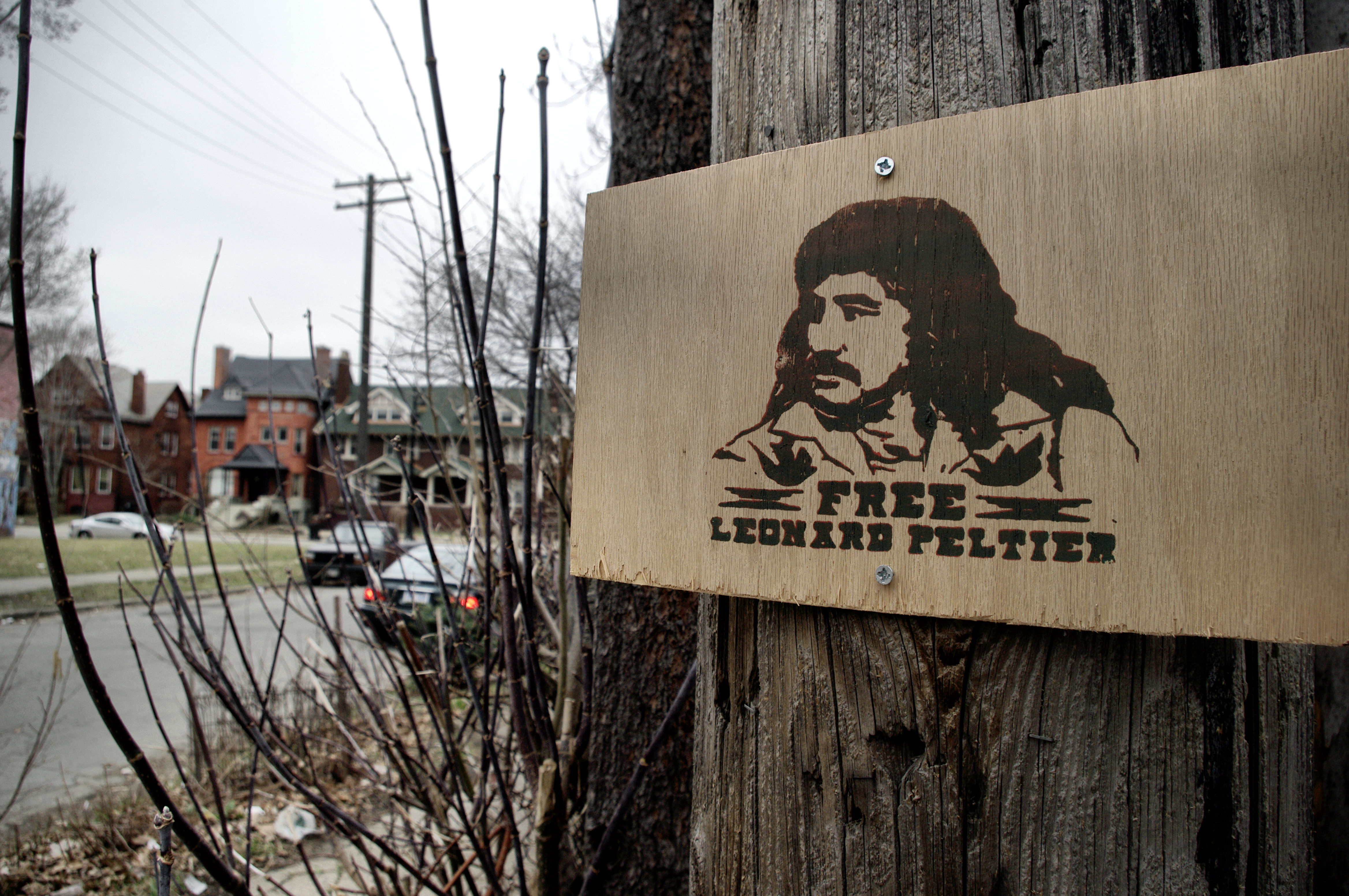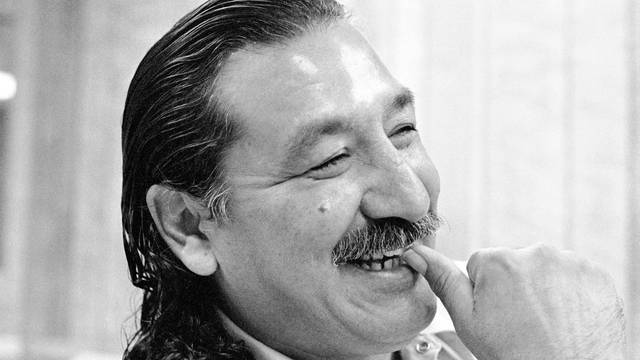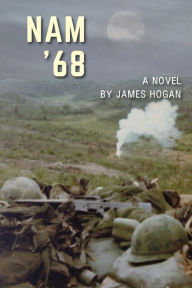The 50th Anniversary Of The Summer Of Love (1967)****Channeling The Grateful Dead Minus…
From The Pen Of Sam Lowell
No I was never a “Dead Head,” never would have accepted that designation in any case if somebody tried to lay that moniker on me, tried to tie me down with that crowd who lived and breathed (still do) for every tune the Grateful Dead ever produced. In the old days, the days of the 1960s mad dash to seek a newer world that got trashed about seven million ways before the deal went down and “the authorities,” as my mother used to say when speaking of the ruling class or its agents, pulled the hammer down and soured a whole generation, no, make that three generations now, working on a fourth recently born, since they are still furiously trying to keep us in lock-down mode, I went out in San Francisco by the moniker Prince of Love. So it wasn’t about the moniker, wasn’t about being type-cast, just wasn’t into the group, although half, more than half of whatever group I was travelling with at any particular time would have Dead-Heads and Dead music coming out the sound system to be heard in Afghanistan or some such place, personal musical preference is all.
By the way that "Prince Of Love" moniker was strictly among the brethren, those who were, literally, my mates on the yellow brick road converted school bus, Captain Crunch's bus purchased according to rumor never confirmed by me or admitted to by the Captain for obvious reasons, obvious legal reasons, by money made in a big dope deal, a marijuana/hash deal with some guys south of the border. Hell maybe I shouldn't be saying anything about the source now because who knows who is listening and looking and who knows if there isn't some infinite statute of no limitations on such transactions although I heard somewhere that murder was the only crime tagged with that designation. That old yellow brick road school bus converted into an itinerant home for wandering waywards and seekers was a mode of transportation which while not ubiquitous on the California roads, that distinction would go to Volkswagen mini-buses, they were not an infrequent sight and after a while were not remarked on by anybody but tourists averting their eyes and the eyes of their children aged five and up,and cops, the cops usually looking for that fatal violation, you know, the rear license plate light out, a sagging tire, too many people on the bus which allowed them to haul the beast to the side of the road and give some each dweller some hassle, some hassle man.( That "on the bus," our version of "on the bus" being an expression stolen from Ken Kesey and his Merry Pranksters, our blessed mothers and fathers who had come on the road a few year before us to signify "cool," to signify that one had made the leap from square-dom, to signify until one "got off the bus," that the iterant life was worth pursuing for a while anyway until the dope, the road itself, or about six thousand other reasons to go home, or go stationary for a while.
A group of us sometimes sticking together for months like the Be-Bop Kid, Peter Markin, my closest friend since he hailed from North Adamsville about twenty miles north of my hometown of Carver, Tiny Slim Tim as you might suspect a giant whose real name was Dexter something and Butterfly Swirl (Catherine Clark) from down in Carlsbad who was “slumming” from the perfect wave surfer crowd she hung with in high school to see what the next best thing was in the frenetic California night until she she decided to "get off the bus" and go back to her perfect yellow-haired pruned surfer boy and who every guy on the bus took a shot at, including Be-Bop, and me stuck together longest. (Markin as it turned would stay out on the road for years after the rest of us "got off" the road since psychologically he had much more invested that most of the rest of us in seeing what he called the "new breeze coming through the land" before he ended up badly down in Mexico, all sister crazy, over a busted drug deal he was trying to put together with the cartel boys who were not pleased).
Others, Mustang Sally (you can figure that one out if you know the song by the same name which went over as a wild rock hit when Mustangs, the cars, became the "boss" vehicle replacing the '57 Chevy in the imaginations of the generation of '68), Reefer Jones (ditto on the figuring out the "reefer" part just throw yourselves back to any urban college dorm, student ghetto apartment, rock concert and high school boys’ or girls’ lav when it filtered down to the teenagers after say 1965, 66 and sniff the air for a second-hand high and you will be on the right track), Guy Fawkes (after the high holy Catholic Church English plotter against the Protestant King James I who has had a resurgence lately between the NSA and the young libertarians, at least for wearing anonymous masks), Digger Stewart (after the 17th century English communists led by Gerrard Winstanley up on Saint George’s Hill for a while anyway, a movement before its time which unfortunately depended on the good graces of Lord Fairfax who soon withheld his favor and the whole affair when tumbling down but communists even today I notice still pay homage to those efforts and there is even an appropriate modern folk song The World Turned Upside Down commemorating that struggle) stayed for shorter periods.
Others, Mustang Sally (you can figure that one out if you know the song by the same name which went over as a wild rock hit when Mustangs, the cars, became the "boss" vehicle replacing the '57 Chevy in the imaginations of the generation of '68), Reefer Jones (ditto on the figuring out the "reefer" part just throw yourselves back to any urban college dorm, student ghetto apartment, rock concert and high school boys’ or girls’ lav when it filtered down to the teenagers after say 1965, 66 and sniff the air for a second-hand high and you will be on the right track), Guy Fawkes (after the high holy Catholic Church English plotter against the Protestant King James I who has had a resurgence lately between the NSA and the young libertarians, at least for wearing anonymous masks), Digger Stewart (after the 17th century English communists led by Gerrard Winstanley up on Saint George’s Hill for a while anyway, a movement before its time which unfortunately depended on the good graces of Lord Fairfax who soon withheld his favor and the whole affair when tumbling down but communists even today I notice still pay homage to those efforts and there is even an appropriate modern folk song The World Turned Upside Down commemorating that struggle) stayed for shorter periods.
I called the Captain Crunch Express home for a couple of years as we went up and down the coast looking for the heart of Saturday night, looking for the great blue-pink American West night as the Be-Bop Kid described it and everybody kind of bought into that idea, hell, maybe just looking to turn the world upside down like those Diggers up on Saint George Hill just looking to be left along to wander although none of us at the time either wanted to work the land somewhere almost all being strictly urban dwellers or find some old broken down house and convert it into a wayward-driven commune, and see if that life was any better than the gruel that was on tap for us by "straight" society, the gruel force-fed to us for no known reason.
The “Express” named after the guy, Captain Crunch (real name Slade Stokes, Haverford College Class of 1958), an older guy of indeterminate means (nice way to put that dope-injected rumor, right) who actually knew Ken Kesey and the Merry Pranksters, knew everybody who was anybody in the West Coast alternative cultural scene (for example could get “boss” tickets for 20 of us to the Fillmore to see the Jefferson Airplane when the Be-Bop Kid “married Butterfly Swirl, before she tired of the road, and after she tired of me, but that is a long story for another time), who bought and rigged the bus complete with outrageous high end sound system, or wink, wink, got it in some drug trade barter deal, and was some kind of father we never knew a la Jack Kerouac-Neal Cassady/drug lord/ philosopher king to us.
The “Express” named after the guy, Captain Crunch (real name Slade Stokes, Haverford College Class of 1958), an older guy of indeterminate means (nice way to put that dope-injected rumor, right) who actually knew Ken Kesey and the Merry Pranksters, knew everybody who was anybody in the West Coast alternative cultural scene (for example could get “boss” tickets for 20 of us to the Fillmore to see the Jefferson Airplane when the Be-Bop Kid “married Butterfly Swirl, before she tired of the road, and after she tired of me, but that is a long story for another time), who bought and rigged the bus complete with outrageous high end sound system, or wink, wink, got it in some drug trade barter deal, and was some kind of father we never knew a la Jack Kerouac-Neal Cassady/drug lord/ philosopher king to us.
No, as well, I never went to one of the Dead’s sold-out stoned out concerts at the Fillmore (which the Captain also could get tickets for since he knew the Dead drummer whose name I forget and who I think passed away a few years ago), and something of a ceremonial rite of passage for those who did consider themselves “Dead Heads” and insisted that each and every time out they eat so much acid (LSD, blotter, and so on not battery acid or some such thing), smoke so many reefers (for the clueless see reference above to Reefer Jones, student ghettos, dorms and the like about 1965 and after), swallow some many bennies (speed my drug of choice then and later in law school where I used them just to get through the damn silly case studies we were required to know at the cost of being berated by some professor who had shark’s teeth and was not afraid to use them or leave incriminating slashes) just like the very first time they heard the Dead in order to get that same guitar rush that drove them to eternal fan-dom.
And taking something from sports figures and their superstitions like the baseball players who eat exactly the same thing every day they on some kind of streak, a positive streak, who wear the same outfit, the same faded denim, throng sandals, flowered shirt, male, granny dress, sandals, flowers in hair, female, each time to be washed clean by the Dead magic. Of course those who never gave up the tradition had pretty threadbare outfits something just south of tramp/bum/hobo before Jerry went over the top, went to see the “fixer” man to get well one more time, one time too many. (Jerry should have read Nelson Algren’s The Man With The Golden Arm to know you can never mess with the fixer man, never trust him either especially if he is a junkie too, can never get washed clean no matter what they say).The fixer man no friend as the lyrics to The Pusher Man by Steppenwolf make perfectly clear, goddam. So like I say despite the voodoo macabre stuff I have any number of friends who were/are ardent fans and they seem to be, well, normal, normal except in those flashback moments where they see “colors, man, colors,” speak of having “far out” experiences when they would/will get ready for a Dead concert.
Remind me to tell you sometime about a friend of mine, a stone-cold Dead Head, from back in Carver, my growing up hometown about thirty miles south of Boston, who to give you an idea of the tenor of the times back then went from a foul-mouthed corner boy looking to do a nickel or dime in some state pen for armed robbery, or at least straight up robbery although if you are going to make a career of that you should probably be armed against the crazies out there, if the ‘60s hadn’t come along, actually using that moniker "foul-mouth" in high school, he said it turned the girls on, and maybe it did, to “Far-Out Phil” when he came West to join us. So even the best of them would succumb to the western winds and the ghost dance night until the wheels kind of fall off ….for a while.
And taking something from sports figures and their superstitions like the baseball players who eat exactly the same thing every day they on some kind of streak, a positive streak, who wear the same outfit, the same faded denim, throng sandals, flowered shirt, male, granny dress, sandals, flowers in hair, female, each time to be washed clean by the Dead magic. Of course those who never gave up the tradition had pretty threadbare outfits something just south of tramp/bum/hobo before Jerry went over the top, went to see the “fixer” man to get well one more time, one time too many. (Jerry should have read Nelson Algren’s The Man With The Golden Arm to know you can never mess with the fixer man, never trust him either especially if he is a junkie too, can never get washed clean no matter what they say).The fixer man no friend as the lyrics to The Pusher Man by Steppenwolf make perfectly clear, goddam. So like I say despite the voodoo macabre stuff I have any number of friends who were/are ardent fans and they seem to be, well, normal, normal except in those flashback moments where they see “colors, man, colors,” speak of having “far out” experiences when they would/will get ready for a Dead concert.
Remind me to tell you sometime about a friend of mine, a stone-cold Dead Head, from back in Carver, my growing up hometown about thirty miles south of Boston, who to give you an idea of the tenor of the times back then went from a foul-mouthed corner boy looking to do a nickel or dime in some state pen for armed robbery, or at least straight up robbery although if you are going to make a career of that you should probably be armed against the crazies out there, if the ‘60s hadn’t come along, actually using that moniker "foul-mouth" in high school, he said it turned the girls on, and maybe it did, to “Far-Out Phil” when he came West to join us. So even the best of them would succumb to the western winds and the ghost dance night until the wheels kind of fall off ….for a while.
But here is my take on the Dead just to keep things in perspective, just to keep things right. I, after a couple of years on the road out there, and maybe not directly in the inner circle of the hippie/drug/literary scene but close enough to get tangled up in the new dispensation I liked to look at the connections, the West Coast connections, where a lot of the energy of the 1960s got its start or if started elsewhere got magnified there. Liked to draw the lines, if you will, from the wild boy alienated, there is no other word that says it so well, bikers over in Oakland and the edges of other working-class towns, mostly white, mostly with some kind of Okie/Arkie background roaring up the streets of Squaresville in search of the village daughters and putting the fear in the average citizen who thought Attila the Hun’s kin had descended, but remember that alienated part that is the hook-in to all the other stuff. Hot rod after midnight “chicken run” runners out in the valleys, alienated too but with a little dough and some swag and a hell-bend desire to go fast, go very fast, if for no other reason than to break out of valley ennui (although they would punch somebody out, fag bait somebody if they ever used such a word in their presence- if they knew what it meant) and surfer boys, coast boys and with a little more laid back approach in search of the perfect wave (read: Nirvana), maybe not quite so alienated because of that golden tan blonde dish sitting on the beach waiting to see if Sir Galahad finds the holy grail, golden tan blonde dishes like Butterfly Swirl who was a fox even when she wore a granny dress, to the “beat” guys Kerouac, Cassady, Ginsberg and friends running across America just to keep running, writing up a storm, wenching, whoring , pimping, white blue-eyed hipsters “speaking” be-bop to a jaded world, to sainted Ken Kesey and the Merry Pranksters (and our Captain Crunch, leader of our own merry prankster psychedelic bus), the Hell’s Angels (bad dudes, bad dudes, no question), Fillmore with strobe light beams creating dreams, et. al and you have the skeleton for what went on then, right or wrong. Wasn’t that a time, yes, Lord, wasn’t that a time. And the Dead were right in the mix.




